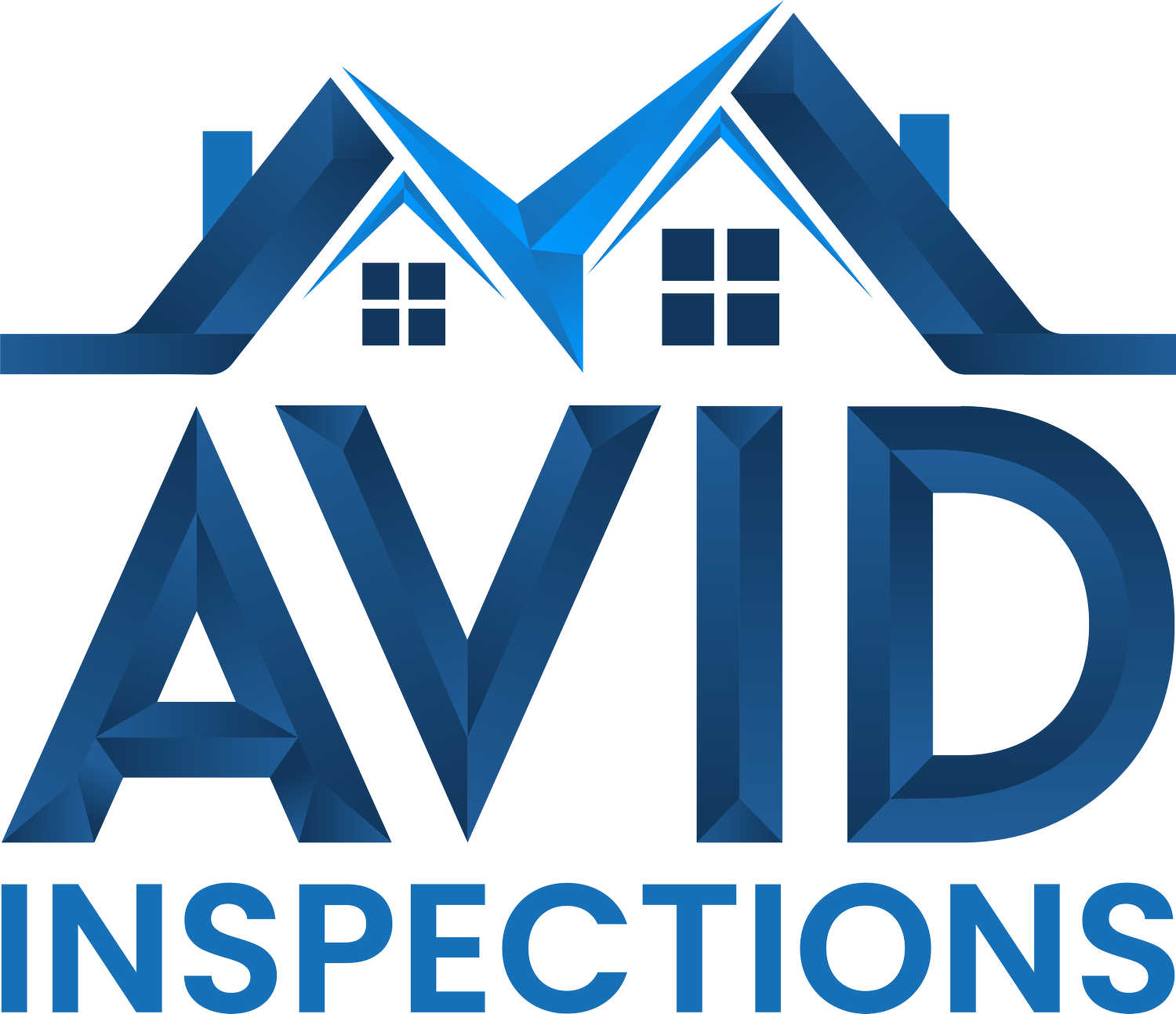Radon Testing
Radon gas comes from the natural breakdown of the traces of uranium in soil, rock and water. There are no symptoms from radon exposure. You cannot see radon, smell it, or even taste it. It is the second leading cause of lung cancer, estimated to cause around 23,000 lung cancer deaths annually in the United States. The only lung cancer cause more dangerous than radon radiation is smoking.
This estimate from the National Academy Of Science indicates that around 1 in every 10 lunch cancer deaths may be caused by radon gas each year and that radon is 7th leading cause of all cancer.
You cannot estimate radon levels by neighborhood, home age, home design (on slab, crawl space or basement), energy efficiency, or even what the home next door reads. Getting a radon test is the only way to know for sure!
Radon is a cancer-causing radioactive gas. You cannot see, smell or taste radon, but it may be a problem in your home. The Surgeon General has warned that radon is the second leading cause of lung cancer in the United States today. If you smoke and your home has high radon levels, you're at high risk for developing lung cancer. Some scientific studies of radon exposure indicate that children may be more sensitive to radon. This may be due to their higher respiration rate and their rapidly dividing cells, which may be more vulnerable to radiation damage.
Testing is the only way to know your home's radon levels. There are no immediate symptoms that will alert you to the presence of radon. It typically takes years of exposure before any problems surface.
The US EPA, Surgeon General, American Lung Association, American Medical Association, and National Safety Council recommend testing your home for radon because testing is the only way to know your home's radon levels. There are no immediate symptoms that will alert you to the presence of radon. It typically takes years of exposure before any problems surface.
Radon is a national environmental health problem. Elevated radon levels have been discovered in every state. The US EPA estimates that as many as 8 million homes throughout the country have elevated levels of radon. Current state surveys show that 1 home in 5 has elevated radon levels.


